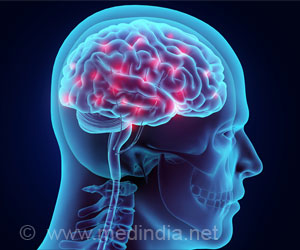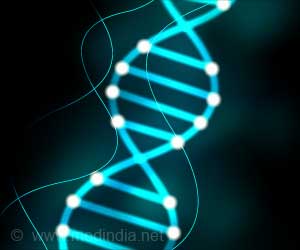Professor Pradeep Sharma, an Indian American researcher at the University of Houston is heading a study that aims to enhance the technology that causes a cell phone to vibrate.
Professor Pradeep Sharma, an Indian American researcher at the University of Houston is heading a study that aims to enhance the technology that causes a cell phone to vibrate.
According to Prof.Sharma, his project aims to utilize the technology to provide more natural movements to prosthetic limbs and also to provide instant electrical power to soldiers through the simple act of walking. He has revealed that his team is endeavouring to create a “piezoelectric on steroids”.Piezoelectricity is the ability of some materials to generate an electric charge when placed under stress. The pioneering technology has many applications ranging from making an airbag deploy to making flame-producing lighters.
Although piezoelectrics are naturally occurring, they have their limits. This is the reason why applications requiring a level of energy conversion not found in a naturally occurring piezoelectric warrant a composite consisting of piezoelectrics and non-piezoelectrics.
With this information at hand, the university team is trying to create piezoelectrics from man-made materials that have no piezoelectric property. “If you press on a piezoelectric, or apply mechanical force, it will produce a voltage. Or, if you apply a voltage or electrical force to it, the object will bend or change its shape,” Sharma said.
According to him, an engineered piezoelectric strip placed in the boot of a soldier may generate electricity, and power the increasing number of devices that soldiers carry. The researchers also believe that the highly customisable piezoelectric may enable the creation of prosthetics that may offer both the flexibility and the strength of real limbs.
Current prosthetic limbs face challenges in range and movement by the two types of naturally occurring piezoelectrics, ceramic and polymer. “Ceramic piezoelectrics are very hard and brittle, and don’t allow for a lot of movement. They take a lot of electrical energy for a lot of motion. Polymers are better for large forces of motion, but don’t have a lot of strength. So, you can stretch adequately, but may not even be able to pick up an egg. Nature has given us some elements, and now we’re going beyond and designing materials from the ground up. We wanted to combine the best qualities of the two types of piezoelectrics, among other things,” Sharma said.
Advertisement
“The real applications of this technology are going to come from the fact that you don’t have to depend on existing piezoelectrics. You can create materials, using certain nanoscale effects, that give higher energy conversion. These are basically piezoelectrics on steroids,” Sharma said.
LIN/P





